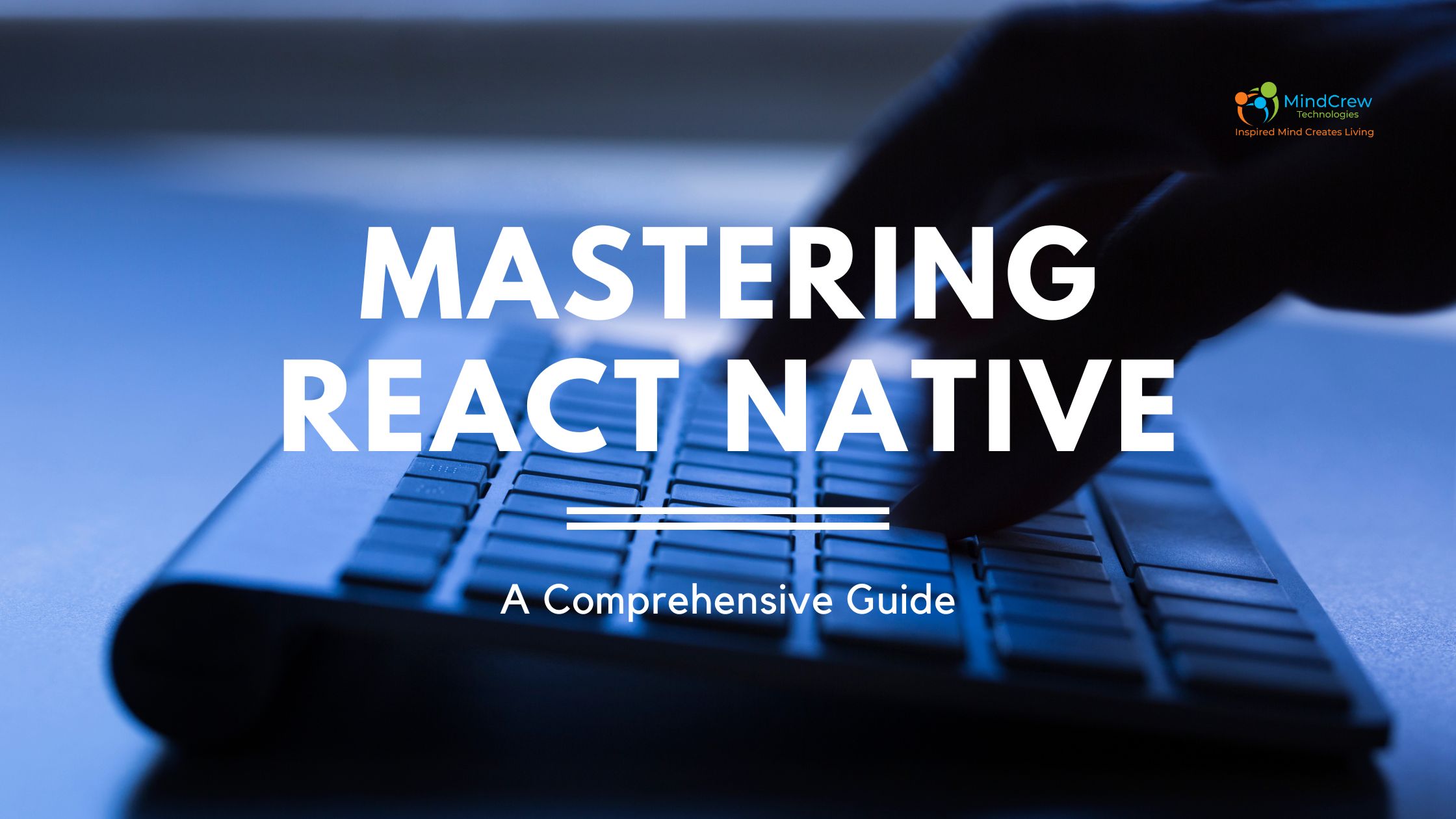Mastering React Native: A Comprehensive Guide
In the ever-evolving landscape of mobile app development, React Native has emerged as a powerful tool for creating high-quality, cross-platform applications. Developed by Facebook, React Native offers developers the ability to build mobile apps using familiar JavaScript and React.js principles. Its popularity stems from its efficiency, flexibility, and the ability to write code once and deploy it across multiple platforms.
In this comprehensive guide, we will delve into all you need to know about React Native, from its fundamentals to advanced concepts, best practices, and real-world applications.
1. Understanding React Native
React Native is an open-source framework that allows developers to build mobile applications using JavaScript and React. Unlike traditional approaches that require separate codebases for iOS and Android apps, React Native enables developers to write code once and deploy it across multiple platforms, saving time and resources.
Key components of React Native include:
- Components: Similar to React.js, React Native uses components as building blocks for UI elements.
- JSX: A syntax extension that allows developers to write HTML-like code within JavaScript.
- Virtual DOM: React Native uses a virtual DOM to optimize app performance by minimizing DOM manipulation.
- Native Modules: Developers can access native platform features by integrating native modules written in Objective-C, Swift, or Java.
2. Setting Up Your Development Environment
Before diving into React Native development, it’s essential to set up your development environment. This typically involves installing Node.js, React Native CLI, and configuring Android Studio or Xcode for Android and iOS development, respectively. Detailed installation instructions can be found in the official React Native documentation.
3. Building Your First React Native App
To demonstrate the basics of React Native, let’s create a simple “Hello World” app. Start by initializing a new React Native project using the CLI:
4. Understanding Components and Props
In React Native, components are the building blocks of UI. They can be either functional or class-based. Functional components are simpler and rely on props (properties) to pass data, while class-based components have additional features like state management.
Props are used to pass data from parent to child components.
5. State Management with Hooks
State management is crucial for building dynamic and interactive user interfaces. React Native provides Hooks, such as useState and useEffect, for managing state and side effects in functional components.
useState Hook allows components to have local state variables, while useEffect Hook enables performing side effects in functional components, such as data fetching, subscriptions, or DOM manipulation.
6. Styling in React Native
React Native offers various ways to style components, including inline styles, StyleSheet API, and third-party libraries like styled-components. Styles in React Native use a subset of CSS properties and are automatically converted to native styles during runtime.
7. Navigation in React Native
Navigation is an essential aspect of mobile app development. React Native provides several navigation libraries, such as React Navigation and React Native Navigation, for implementing navigation patterns like stack navigation, tab navigation, and drawer navigation.
8. Working with APIs
Integrating APIs is a common requirement in mobile app development. React Native provides built-in fetch API for making network requests to RESTful APIs or GraphQL endpoints. Additionally, third-party libraries like Axios and Fetch allow developers to handle HTTP requests and responses more efficiently.
9. Testing and Debugging
Testing and debugging are integral parts of the development process. React Native provides tools like React Native Debugger, Flipper, and Reactotron for debugging applications. Additionally, Jest and React Testing Library can be used for writing unit tests and integration tests to ensure app reliability and quality.
10. Deploying Your React Native App
Once your React Native app is ready for deployment, you can distribute it through various channels, such as app stores (Apple App Store, Google Play Store), over-the-air (OTA) updates, or enterprise distribution. Each platform has its guidelines and requirements for app submission and review.
Conclusion
React Native has revolutionized mobile app development by offering a powerful framework for building cross-platform applications with JavaScript and React.js. In this guide, we’ve covered the fundamentals of React Native, including components.







